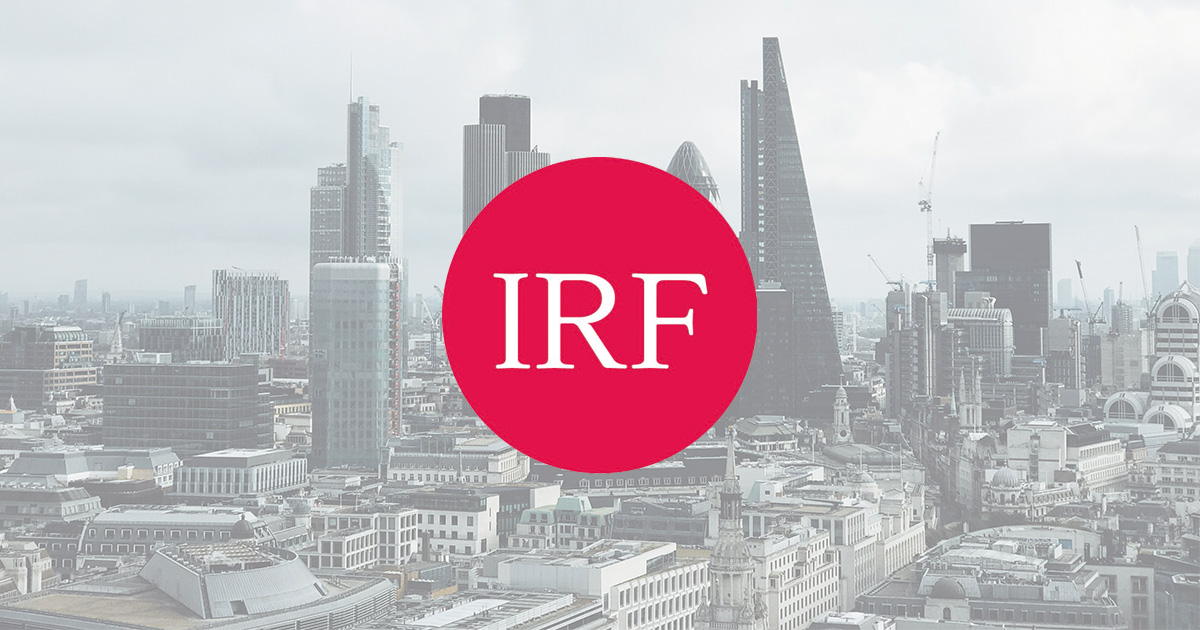R* and the Real Yield Vigilantes
Talking Heads Macro
Tue 27 Apr 2021 - 15:00
Summary
With the adoption of new technologies and fiscal dominance in the economy, central banks have become secondary players and a divide between advanced and emerging market economies will start to show up next year. R* is the real interest rate at which you get steady growth and steady inflation and we are now at a critical juncture as R* is starting to rise. Central banks are (purposely) behind the curve, ignoring inflation forecasts, and their objectives are becoming more and more at odds with those of the broader markets, particularly the bond market. The real yield has taken it upon itself to act as a vigilante because the sheriff is not enforcing the law as the market sees it. The key is the 'sacrifice ratio'. The Fed is now willing to tolerate more inflation per unit improvement in 'inclusive' growth, so the trigger for the Fed and for markets is not the same, which gives real yields more of an incentive to act as a vigilante. The main manifestation of inflation is going to be breakevens, in particular Five-year breakevens.
Just because yields are rising this does not mean a stronger dollar. If the inflation story dominates, the quality of growth will be reduced as seen in the quality of earnings; this will make life very difficult for the Fed because it must choose between growth and inflation.
Relative to 2020, every economy this year is clearly going to show you higher growth, and in 2022 growth should be reasonably solid too. Higher interest rates are therefore globally endogenous, and within this endogeneity, the global battle for capital is aggressive. In line with IMF encouragement, fiscal deficits have proactively increased across the developed world, whilst in emerging markets, they have reactively increased, and next year, everyone's going to be fighting for capital. The delta of the demand for loanable funds - is going to push R* higher. We are not currently seeing inflation as a macroeconomic phenomenon, nor did we see 'missing deflation' in 2020 as a macroeconomic signal - these changes were mainly relative price divergences.
However, next year the two main forecasting models of inflation: monetary aggregates and the Phillips curve, are going to reconsolidate views, ironically, at the same time that the Fed expects inflation to fall. However, Manoj believes that we should now expect inflation since money velocity has collapsed and will normalize. It is the ongoing collapse that has kept the rise in monetary aggregates checked. Similarly, increased personal savings will normalize, and we will see a huge consumer spending surge as we come out of Covid, particularly if this spending continues to feed into housing. Meanwhile, with China no longer being such a big disinflationary impulse, we should expect the Phillips curve to reassert itself.
By following the COVID cycle, following the global battle for capital and following inflation we can see how divided central banks currently are. They tell us that local assets are far more impervious to the FX side. How does EM respond? It's a misconception that EM is in trouble every time yields rise. EM is in trouble every time all sources of funding are closed. So, whenever yields are going up along with the dollar, EM tends to be in trouble because they do need funding on a regular basis, or they have an inflation problem with a very tight pass through from FX. If yields are falling and the dollar is going up, or vice versa, EM actually tends to do very well. Therefore, if US inflation dominates the macro narrative, the backdrop for EM could actually be quite promising.
Topics
Central banks have changed the reaction function at the time when R* is rising structurally and cyclically
R* is a short-run equilibrium concept, and the bond markets will act as a vigilante trying to control growth and keep inflation under wraps
The FED may end up having to choose between growth and inflation
The inflation story is best advocated through breakevens and the effect of whether growth inflation permeates into the dollar and into emerging markets
